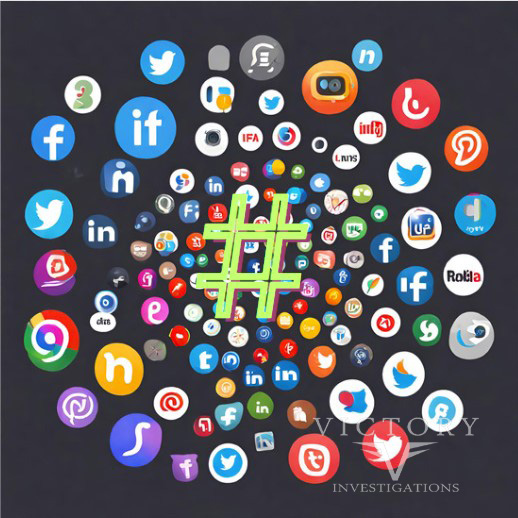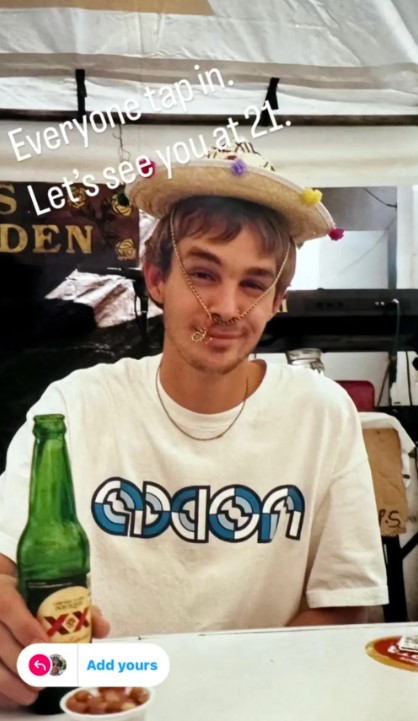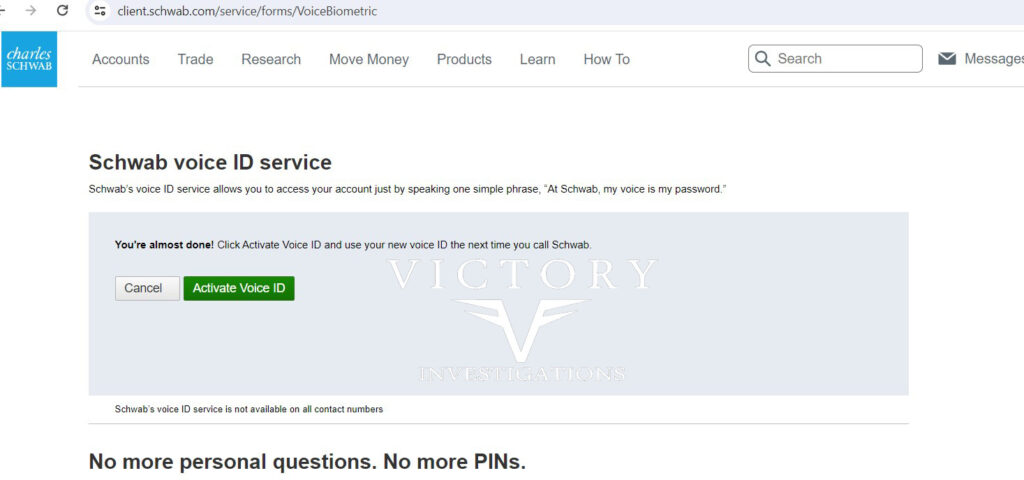Do Viral Challenges Pose a Risk To Your Privacy?
You’re a forty-something, scrolling your Instagram newsfeed and start seeing younger photos of Jill, an old college roommate and Scott, an old co-worker from the Starbuck’s, where you both worked. A recent Instagram trend has people posting pictures of their former selves, as a throwback to a different time in their lives. Yes, the hair may be fuller and the pictures a bit more grainy, but the nostalgia of it prompts you to do the same. So, you scour the archives of your phone’s gallery for the perfect throwback of yourself. Perhaps you search your Facebook Memories for a flattering image of your face, but also demonstrate some of the trends of those times – the youthful idealism, sorority events skinny jeans, and the Twilight series.
The prompt “Everyone tap in… Let’s see you at 21” has had well over 4 million shares across Instagram and Facebook, the first being from Damian Ruff, who unsuspectedly started the massive movement. Ruff, a 43 year old Whole Foods employee, from Mesa Arizona, posted a picture of him and his mother, sharing a beer, on his 21st birthday. He created a shareable story template, a feature of Instagram, and it quickly went viral like many other hashtag challenges we’ve seen before. Reminiscent to Facebook’s ’10 Year Challenge’ a few years back, Ruff’s challenge got people engaged and eager to show themselves, perhaps in better times or to show how far they’ve come.
This brings me to why I’m writing this article.
We’ve all gotten used to these challenges and because of their popularity, we quite enjoy them. Throwbacks, like the ’10 Year Challenge’, ‘…. Let’s see you at 21’, ‘Top Nine Photos of the Year’, and others have drawn concern over the years. It has been speculated that challenges like these are being used to aggregate data for technologies, such as AI and Facial Recognition. Are these challenges being deployed on purpose? Maybe. Maybe not. BUT, one thing is certain… These viral challenges CAN be used to mine data for these technologies and others.
What if AI and Facial Recognition companies wanted to take all of this data and use it to teach their machine learning software and algorithms to adapt to age-related characteristics?
Right about now, I know what you’re thinking. Doesn’t Facebook, Instagram and other social media platforms already have billions of photos to which these companies could do the same thing? Yes and no. Allow me to explain. So, yes social media is certainly flush with pictures, of us all, from various ages and stages of our lives; however, there are several factors to bear in mind. It is quite difficult, even for advanced technologies, coders, and aggregators to accurately determine when certain pictures were actually taken. Also, meaningful to note here is that all social platforms strip images of their meta-data upon upload. In addition, just because you posted a picture, say in 2020, it doesn’t mean that picture was taken in 2020. Many people don’t post pictures in chronological order. Also, let’s take the private accounts into consideration. A lot of people don’t even have a picture of themselves as there profile. It could be a pet, an avatar, or even another family member. Furthermore, what if there’s someone else in the picture or multiple people. These viral challenges offer an opportunity for folks to provide an “untainted” version of who they are. The entire context of the challenge dictates how one should present themselves and what to say… i.e. ‘Me 10 Years Ago’ or ‘Here I am at 21’ or ‘Nine pics of me in 2023’. And usually these pics will be just of you or where you’ve already cropped out any other people. This provides a broad, yet rigorous spectrum of data, loaded with people’s pictures and rich with age progression characteristics.
And then there’s the Hashtags… Hashtags, for lack of a better term, is the icing on the cake. The “#21years…” or “10yearchallenge” makes the aggregation like shooting fish in a barrel. It practically aggregates ALL the data that these Facial Recognition and AI algorithms need in order to learn how we all progressively age and change over the years. This makes a world of difference between just gathering images from user accounts and trying to put them in chronological order to attempt to reach the same goals. We are giving them the “cheat code” by using Hashtags. In essence, we are doing all the heavy lifting for these companies.

Meta, the parent company of both Instagram and Facebook maintain that they are not involved in starting any challenges and state that they get no benefit from any of them going viral. And that may be true to some extent. At least we do know for sure that the ’21 years old’ challenge was started by Ruff, himself, but that does not mean that Facebook doesn’t or cannot benefit from these challenges. We already know that Facebook “dabbles” in Facial Recognition and, of course, there’s the content itself, adding to the platform’s visibility and popularity. The most likely usage for this data, for Meta, is for advertising targeting purposes. The social media giant does say that they do not sell the data to outside companies. With that said, Meta doesn’t have to benefit for other companies to benefit. Any company that wants this data can grab it, utilizing sophisticated scraping software.

There are some great use cases to defend this sort of scraping, aggregating and implementing into Facial Recognition and AI, however. Take finding missing children or missing persons for example… Up until now, age progression pictures have been the work of sketch artists, graphic artists, and less sophisticated software. Now, with the emergence of AI and facial recognition, not only can these renderings be more accurate, but the technology will make them easier to create and update.
As with any new technologies that can be used for good, it can also be a double-edged sword. All of the innovation with AI and Facial Recognition, can be used by bad actors and hackers.

It can and will be used in Deepfake Technology, where these hackers can use people’s images to blackmail, frame, and scam folks. Face swapping, using the combination of these technologies will far surpass what we commonly see as a “Photohopped” image or a manipulated video. The ability to make very convincing pictures and videos is here and one day, in the near future, these manipulations will be undetectable.
There has also been an uptick in the adoption of voice recognition, by banking and other institutions. There are now collecting voice patterns to allow access to your accounts. Imagine any of these companies or institutions getting hacked and now the hackers have, not only your likeness, from social media, but also how you age and how you speak and sound. Scary, scary times, indeed.

In the image above, you will see what I’m prompted with upon logging into my Schwab account. Before it takes me to my account details it asks me I want to activate the voice biometric identification service. This is meant to replace those “pesky” personal questions and PIN’s you have currently setup. I get the same exact request when logging into one of my credit union accounts. Governments and institutions want every single identifying characteristic of you and I. And they will eventually find ways to obtain them, IF you’re not diligent.
Don’t get me started on those DNA profiling services.





Speak Your Mind